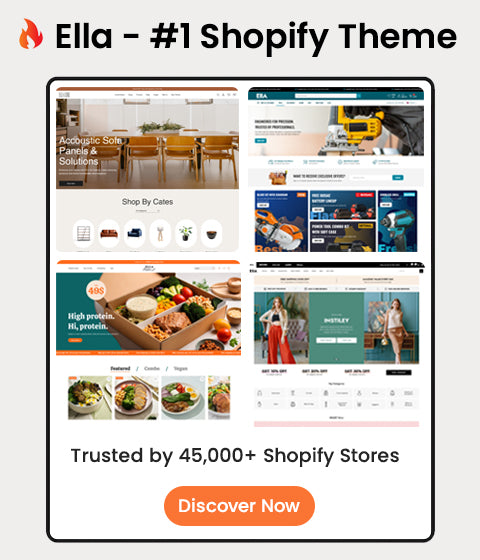How to Add Multi-Currency and Multi-Language to Your Shopify Store

Introduction
If you want to sell beyond your local market, your Shopify store needs to support multiple currencies and languages. Customers are more likely to buy if they can shop in their native language and pay in their local currency.
The good news? Shopify makes it easy with Shopify Markets, Shopify Payments, and a wide range of translation apps. In this guide, we’ll walk you through:
-
How to enable multi-currency on Shopify.
-
How to add multiple languages to your store.
-
The best apps for localization.
-
Tips to improve global conversions.
Why Multi-Currency and Multi-Language Matter
-
Trust & Familiarity → Shoppers trust stores that display their local currency and language.
-
Higher Conversions → Reduces friction at checkout.
-
Global Reach → Tap into new markets without building separate stores.
Better SEO → Multi-language sites rank in different countries.
Part 1: How to Add Multi-Currency to Shopify
 1. Check Requirements
1. Check Requirements
-
You need Shopify Payments enabled.
-
Available in select countries.
2. Enable Shopify Payments
-
Go to Shopify Admin → Settings → Payments.
-
Select Shopify Payments and complete setup.
3. Add Currencies in Shopify Markets
-
Go to Settings → Markets.
-
Add new markets (e.g., Europe, Asia).
-
Choose which currencies to support (USD, EUR, GBP, AUD, etc.).
4. Customize Currency Selector
-
Most themes (like Ella, Soul, or Turbo) include a built-in currency switcher.
-
If your theme doesn’t, use an app like BEST Currency Converter.
Best Shopify themes for international eCommerce
Part 2: How to Add Multi-Language to Shopify

1. Enable Multiple Languages
-
Go to Settings → Languages.
-
Add a new language (French, Spanish, German, etc.).
-
Publish it to your store.
2. Use a Translation App
Some great apps to translate your store include:
-
Shopify Translate & Adapt (free)
-
Langify (premium)
-
Weglot (premium, fast AI translation)
3. Add a Language Selector
-
Many Shopify themes include a language switcher in the header or footer.
Or you can use an app widget for easy switching.
Best Apps for Multi-Currency & Multi-Language
-
Translate & Adapt (Shopify) → Free, basic translations.
-
Weglot → AI-powered translation with SEO optimization.
-
Langify → Manual + professional translations.
-
BEST Currency Converter → Free, 160+ currencies supported.
-
Auto Currency Switcher → Detects user location and auto-switches.
Tips to Optimize for Global Shoppers
-
Display rounded prices in local currencies (e.g., €49 instead of €48.73).
-
Use localized content (not just auto-translation).
-
Enable auto-detection of location for currency and language.
-
Optimize hreflang tags for SEO across languages.
-
Always test checkout flow in different regions.
How to set up Shopify payments: PayPal, Stripe, and more
Conclusion
Adding multi-currency and multi-language to your Shopify store is essential for growing globally. Start with Shopify Payments and Shopify Markets for currencies, then add translation apps for multiple languages. A localized shopping experience builds trust, improves conversions, and helps your brand succeed internationally.
Explore our best Shopify themes for international stores
10 Best Shopify Themes for Clothing Stores to Boost Sales
21 Best Shopify Themes for Beauty Stores: Cosmetics, Skincare & More
Top 10 Shopify Themes for Electronics Stores with Modern & Responsive Design
12 Best Shopify Themes for Furniture and Home Decor Stores in 2025
10 Best Shopify Themes for Dropshipping in 2025 (Beginner to Pro)
FAQs
1. Do I need Shopify Plus for multi-language?
No. All plans support multiple languages, but Plus offers more advanced customization.
2. Can I set different prices per market?
Yes. With Shopify Markets, you can set custom pricing and duties.
3. Do I need a paid app for translations?
Shopify offers a free tool, but premium apps (Weglot, Langify) provide better SEO and quality.
4. Can I auto-detect visitor currency?
Yes, using apps like Auto Currency Switcher.
5. Will multi-language help SEO?
Yes, translated pages can rank separately in search engines for different countries.











